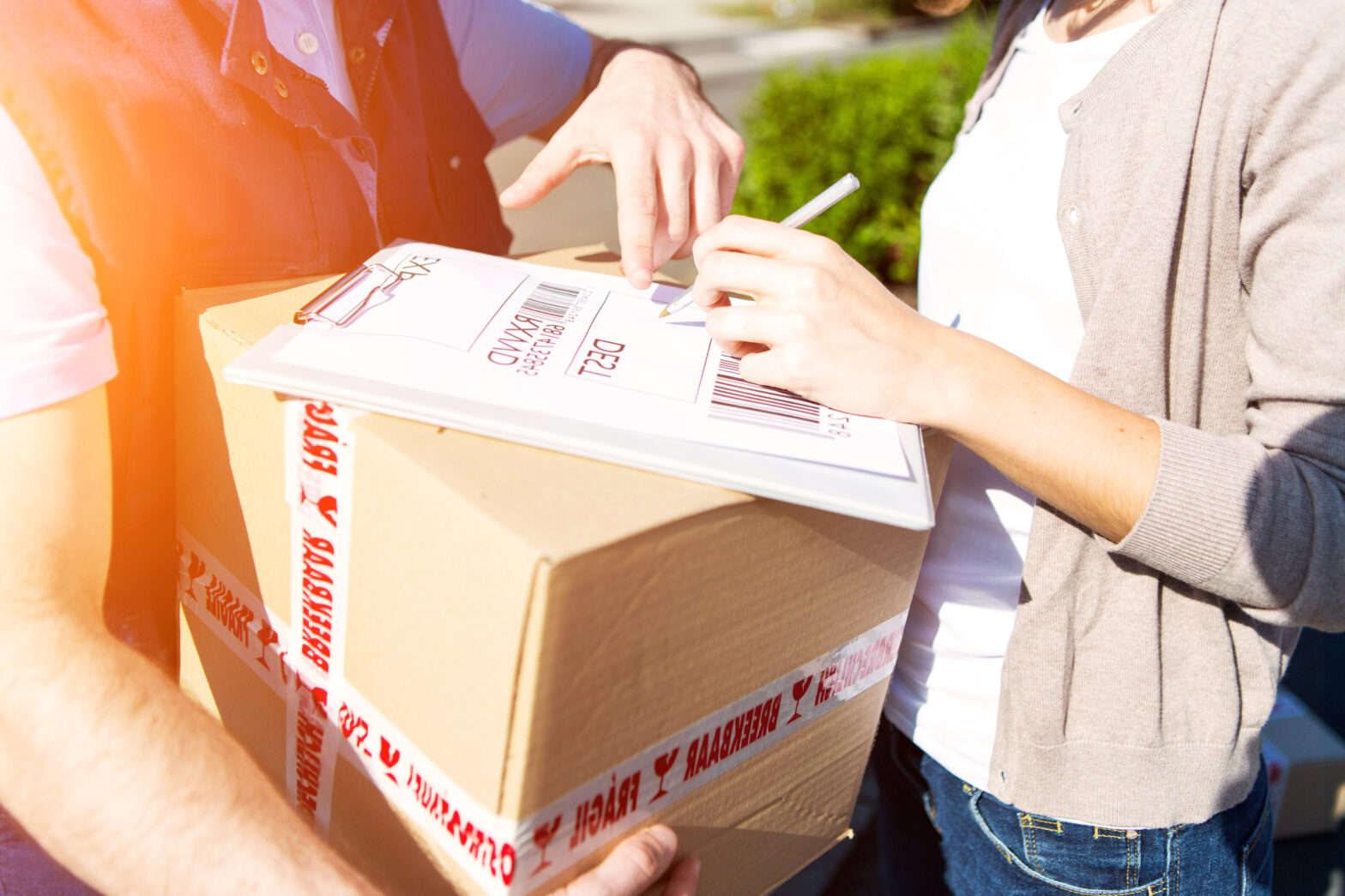Today consumers want control of the delivery and they want their parcels to be delivered at a time that suits them and their daily routines. This is driving the parcel delivery industry to re-evaluate their delivery services and options in a bid to gain competitive advantage and stay one step ahead of the market.
For example last year DPD offered customers a ‘Precise’ delivery service. This allows customers to choose a one-hour delivery slot on the day of their choosing and change it in-flight, if needed.
Previously, customers were notified by text or email of their next day, one-hour delivery slot but with the Precise service, they can choose either to accept the original delivery slot via the notification – or select their own preferred delivery day and their specific one hour delivery slot via the in-flight options.
>See also: The world’s first drone delivery service
APC Overnight is another nationwide delivery service that is improving the visibility it provides to consumers, having recently introduced its Expect service which provides consumers with a two-hour delivery window for their parcels.
Recent research undertaken by NetDespatch looked at consumer expectations around parcel delivery. The research revealed that next day delivery is a top priority for consumers, with 88% of those surveyed stating that they would be prepared to pay for a one or two day parcel delivery service.
In fact, over half (55%) of those that we surveyed expected what we termed as a ‘distress purchase’ (for example a part to a broken washing machine) to be delivered same day or within one day.
In this survey we also asked respondents what they would do if their order could not be delivered in the timeframe that they had requested. Only 16% said that they would be prepared to wait for a distress purchase.
The remainder said that they would either cancel the order altogether (45%) or that they would order something else or go elsewhere.
One of the key conclusions we drew from the research was that convenience outweighs price. Consumers want to be able to shop when they want and they are prepared to pay for faster delivery.
>See also: Royal Mail’s data journey
They also want control and visibility over their parcels which is why these new delivery services and options are being introduced.
As a result of this shift many of the carriers are focused on making parcel delivery as ‘personal’ as possible by using the best technology available to put customers in complete control.
Giving customers timely information that they can really use and a great choice of delivery options is important. This is why lately we have seen all sorts of new options coming into the market such as the in-flight options already mentioned.
There is also safe place solutions which enables consumers to nominate a place for the delivery driver to put their parcel if they suddenly find that they won’t actually be at home or work or at the designated option that they had originally requested. Sunday deliveries and evening deliveries are also becoming more popular as well as deliveries to Click&Collect locations at train and petrol stations.
Carriers are also beginning to collaborate with other technologies. For example, the integration of Hermes tracking with the Amazon Echo. This integration was engineered within the company’s Innovation Lab, which is specifically tasked with developing forward-thinking initiatives for the delivery landscape.
As smart home products such as digital assistants become more commonplace, there is now an opportunity to deliver increased convenience through integration and collaboration.
Indeed, there might be a future shift away from screen interactions in favour of more conversational interface technology helping consumers to easily keep track of their parcels.
>See also: Your calls may be secure, but are they private?
It remains vital that carriers and their technology providers continue to push the innovation boundaries to create additional value for their retailers and the ever-demanding consumers.
These sorts of innovations are set to increase customer satisfaction and help carriers strive towards the ultimate seamless delivery process. But carriers must also look to technology platforms to enable them to deliver these kinds of innovations cost effectively, allowing them to focus on their core business of getting the parcel into the hands of the consumers.
In addition it is important that carriers enable retailers who are using their services to be able streamline their operations and seamlessly integrate, as this will help to maximise the efficiencies throughout their network.
In 2017 the industry will continue to see more evolution and indeed collaboration in the whole parcel shipping space as consumers become more demanding about the exact location and time that their parcel is delivered.
Sourced by Matthew Robertson, co-CEO, NetDespatch










